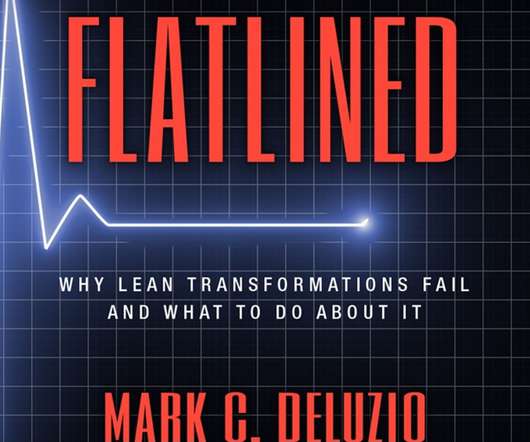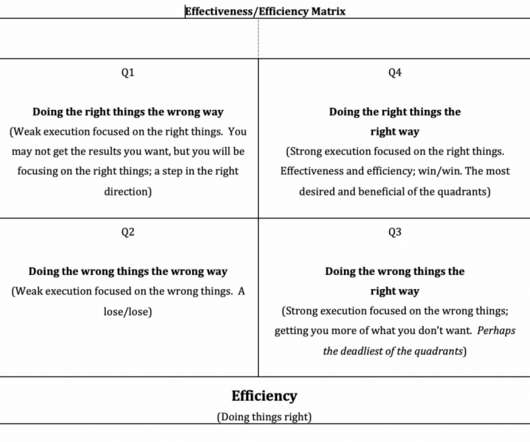Is Your Company ‘Doing’ Lean or ‘Being’ Lean?
Strategy Driven
AUGUST 25, 2020
There was no value stream plan, so kaizen events were not tied into achieving the future state condition. It was clear they hadn’t updated their standard work to reflect changes in TAKT time or kaizen improvements. Invest in Lean education. Misspent TAKT time. Overproduction. Yet, this was far from reality.















Let's personalize your content